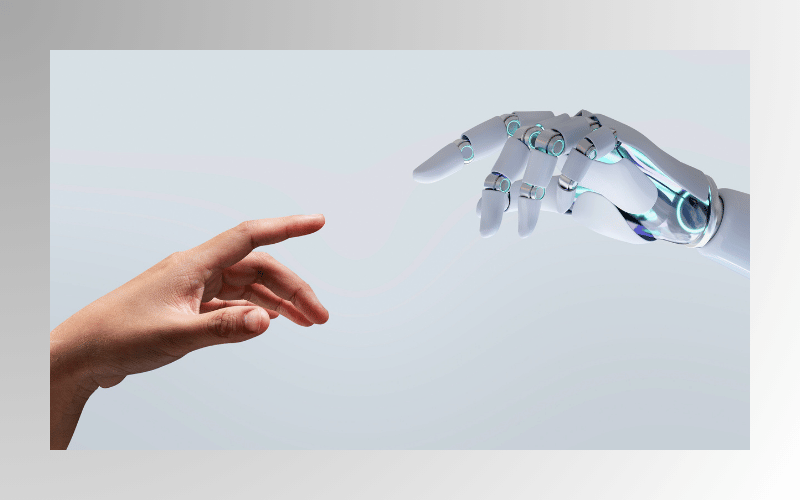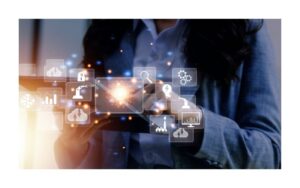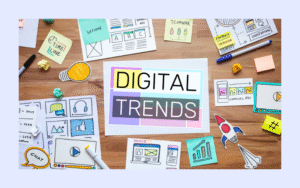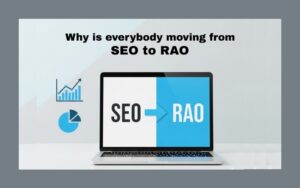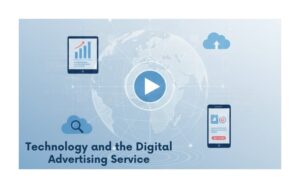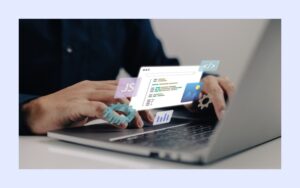On this date 30th September 2024 India introduced the BharatGen, the world’s first government funded multimodal big language model (LLM) project. Lead by the Department of Science and Technology (DST) under the National Mission on Interdisciplinary Cyber-Physical Systems (NM-ICPS), BharatGen will transform AI in India through an indigenous drive, linguistic diversity and inclusive technology.
Objectives and Vision
The main aim of BharatGen is to build fundamental AI models that will suit the Indian landscape, which is linguistically and culturally diverse. With an aim to democratize AI access in governments, educations, and industries among others, the idea of such open-source, multilingual, and multimodal AI systems is to be realized with the initiative. This conforms to the larger goal of Atmanirbhar Bharat (self-reliant India), which lays stress on technological independence and innovation.
Key Features of BharatGen
- Multilingual and Multimodal Capabilities: BharatGen is interested in building AI models that comprehend and produce content in many Indian languages, including text and speech streams.
- Open-Source Framework: The initiative is transparent and collaborative as it makes its initial models and datasets public and open for wide adoption and innovation.
- Data Sovereignty: Through a selection of India-specific datasets, BharatGen ensures that AI models are trained with culturally relevant and representative data, taking care of the digital narrative of the nation.
- Data-Efficient Learning: Given the meager digital footprint of the majority of Indian languages, BharatGen focuses on creating models that work well with little data, addressing the needs of underrepresented linguistic communities.
Collaborative Framework
BharatGen is a joint venture amongst top academic institutions like IIT Bombay, IIIT Hyderabad, IIT Mandi, IIT Kanpur, IIT Hyderabad, IIM Indore, and IIT Madras. The TIH Foundation for IoT and IoE at IIT Bombay implements the project, thereby creating a strong ecosystem of research and development.
Implementation Timeline
The project is scheduled for completion in two years; major milestones are as follows:
- Model Development and Experimentation: Development and optimization of AI models specific to the Indian languages and contexts.
- Establishing AI Benchmarks: Standardization to measure AI performance in Indian cases.
- Scaling AI Adoption: Promoting the adoption of AI in industries and public services.
Societal Impact and Future Prospects
With an inclusivity and accessibility focus, BharatGen attempts to close the digital gap, so that no part of Indian society misses out on AI’s advantages. The initiative is likely to trigger progress in many areas, including education, healthcare, and good governance through AI instruments designed to be linguistically and culturally appropriate to India’s myriad people.
Technical Architecture and Innovations
The architecture of BharatGen is systematically tailored to Indian’s numerous linguistic and cultural expanse. At the heart of the system is Bharat Data Sagar, which is a huge bank of India-centric data in text, speech, and images. This repository ensures that AI models are trained on data that represents the multifaceted society that the country has.
The initiative leverages data-efficient learning approaches important for the languages with limited digital presence. BharatGen uses transfer learning and few-shot learning in order to develop models that can execute well despite limited data. Apart from saving computational resource, this approach speeds up the development process.
What is more, the models are multimodal and able to process and generate content in the forms of text, speech, and pictures. Here, versatility is cardinal in such areas as virtual assistants, tutoring tools, and content production machinery.
Ethical Considerations and Data Sovereignty
The issue of ethics in the world of AI is of supreme importance. BharatGen emphasizes data sovereignty, and the data used is collected, stored, and processed in India. This deal sways the country’s interests and follows the greater idea of Atmanirbhar Bharat. IndiaAI
Aspects of transparency and accountability also receive top priority in the initiative. Following an open-source structure to BharatGen displays openness and open collaboration with the world’s AI community. This framework brings openness that helps build trust and makes it easier to identify and correct biases in the models.
In addition, BharatGen strives to pursue inclusive development whereby the AI technologies are available and beneficial to all groups of society. The initiative’s vision of addressing the underrepresented languages and communities is a step to closing the digital gap and sustaining even growth.
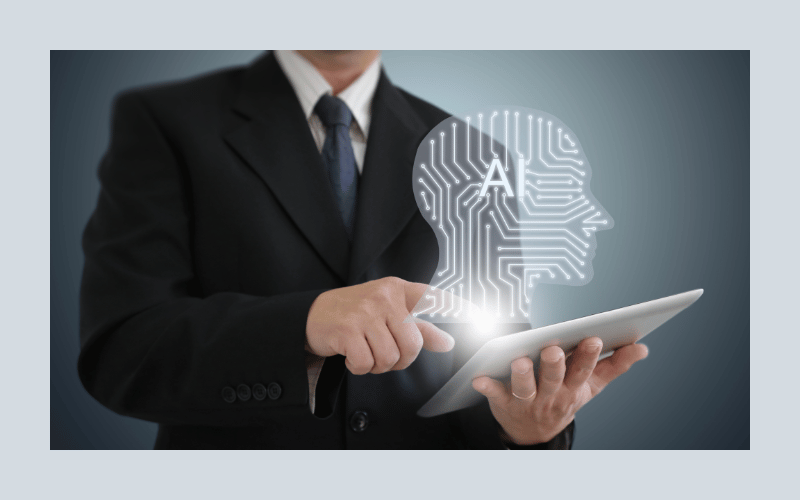
Global Positioning and Strategic Importance
BharatGen makes India come out as a market leader in the global AI setting. Development of indigenous AI capabilities means that there is less dependence on foreign technologies while asserting the country’s technological sovereignty.
The program is also a blueprint for other nations with a multiplicity of languages and cultures. By proving the viability of creating AI solutions that address the national requirements in particular, BharatGen promotes the transition from the one-size-fits-all strategy to more localised ones.
In addition, BharatGen focuses on open-source development and cooperative research, creates cross-national partnerships, and knowledge transfer. These partnerships boost India’s soft power and add to the world AI ecosystem.
Future Prospects and Roadmap
Moving forward, Bharatgen has developed an elaborate plan for July 2026. Key milestones include:
Model Development and Experimentation: Constantly improving AI models to improve performance and adaptability.
Establishment of AI Benchmarks: Developing normalised measurements to assess AI systems within Indian settings.
Scaling AI Adoption: Volunteering efforts to ensure that AI integration in wide-ranging industries, including health care, education, and governance.
BharatGen also wants to start training programs, hackathons and joint research projects aimed at cultivating an active AI research community in the country.
Industry Partnerships and Ecosystem Development
Partnership with leaders and start-ups is a milestone of BharatGen’s strategy. With the collaboration with the giants of technology, from Tata Consultancy Services (TCS) and Infosys to newcomers in AI, the initiative guarantees a fast transition of research into practice. For example, TCS announces the pilot projects on embedding the models on BharatGen into digital banking platforms for regional language customer support, and Infosys conducts the experiments to apply the BharatGen‑powered chatbots to healthcare helplines for the assistance of patients in Hindi, Tamil, and Bengali. Reducing the amount of these collaborations would not only call into question the models’ performance at scale but also eliminate the feedback loops that support subsequent model refinement.
Use Cases Across Key Sectors
BharatGen’s multi-modalities open game-changing use cases across various industries:
- Education: Virtual tutors, powered by BharatGen, can do interactive lessons in twelve or more Indian languages, for as per students’ levels of proficiency, and for real-time feedback on pronunciation and grammar. He early pilots in rural Maharashtra found better literacy rate in the primary school children.
- Healthcare: In the domain of telemedicine, the BharatGen models process patient descriptions, convert local‑language audio to text, and summarize the describing symptoms for remote doctors. Using a recent trial conducted at AIIMS Delhi, non‑English‑speaking patients could be more quickly triaged, with the resulting consultations being shortened up to 30%.
- Agriculture: Farmers gain from multimodal diagnostics – text, voice, and image recognition capability – for disease diagnosis of crops through smartphone photos, and returning treatment advice in local dialects. With an improved adoption of best practice when the advice is customized, Krishi Vigyan Kendra in Punjab reports.
- E‑Governance: Government portals link up BharatGen to auto‑translate policy documents and welfare scheme details in a range of Indian languages to make civic services more widely available. The e‑Challan and land‑record interfaces in Karnataka have witnessed a 40% increase in rural engagement.
Addressing Key Technical and Ethical Challenges
Although promising, BharatGen has several technical and ethical hurdles:
- Bias and Fairness: Training data may unintentionally attribute society’s prejudices. To detect and correct the bias, the BharatGen consortium uses the fairness audits, i.e., the examination of output through gender and caste terminologies.
- Data Privacy: Stringent privacy controls are therefore needed for handling sensitive user interactions. All API calls are anonymized, and the data is saved in encrypted, government audited servers according to the framework of India’s Personal Data Protection Bill.
- Compute and Infrastructure: Multimodal models demand high‑performance compute. BharatGen cooperates with the National Supercomputing Mission to provide dedicated GPU clusters, as well as studies techniques of model distillation to produce light‑weight versions of models that may be deployed on low-budget devices at the edge.
Economic and Social Impact
BharatGen is well placed to create massive economic value by stimulating new AI-driven products and services. Industry estimates point toward an uplift of ₹20,000 crore to the Indian AI market in the next five years, of which BharatGen’s open‑source offerings will play a part. Socially, the initiative promotes digital inclusion by providing non‑English speakers and underrepresented groups access to information and services. NGOs in tribal areas of Chhattisgarh have already utilised BharatGen to translate legal aid materials in Gondi and Halbi to enhance legal awareness amongst the native people.
Charting the Path Forward
On the prospect, the BharatGen consortium aims to further diversify the repertoire to include more dialects and endangered languages that will save cultural heritage with technology. The project also seeks to collaborate with telecom operators, thereby adapting BharatGen-powered assistants into low-bandwidth settings, so that they operate offline through on-device inference. Finally, with its annual BharatGen Innovation Challenges, the program will crowdsource novel use cases — from disaster response chatbots to AI‑driven environmental monitoring — feeding a vigorous base of developers and entrepreneurs.

